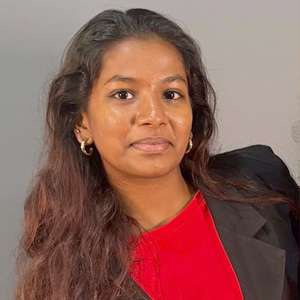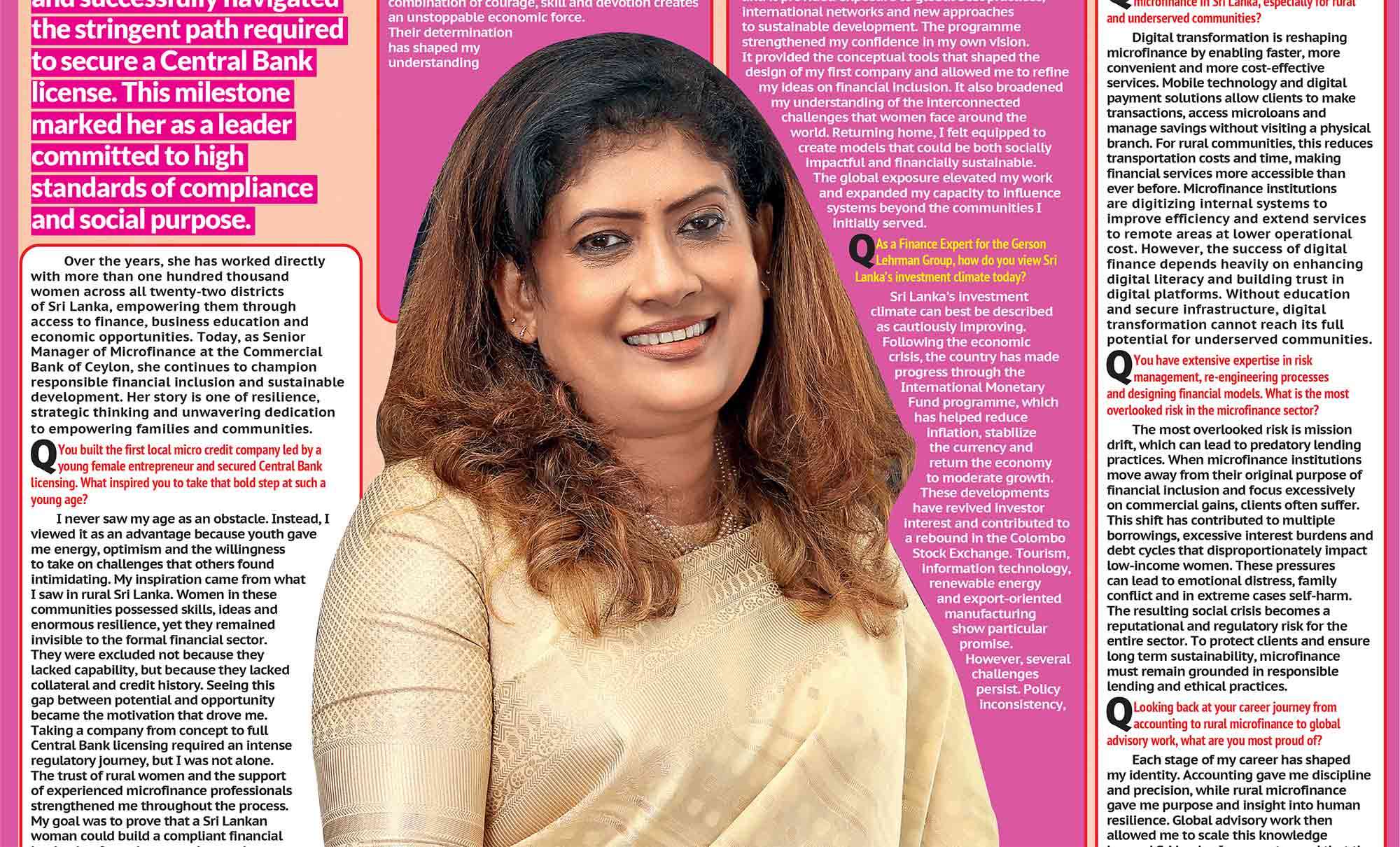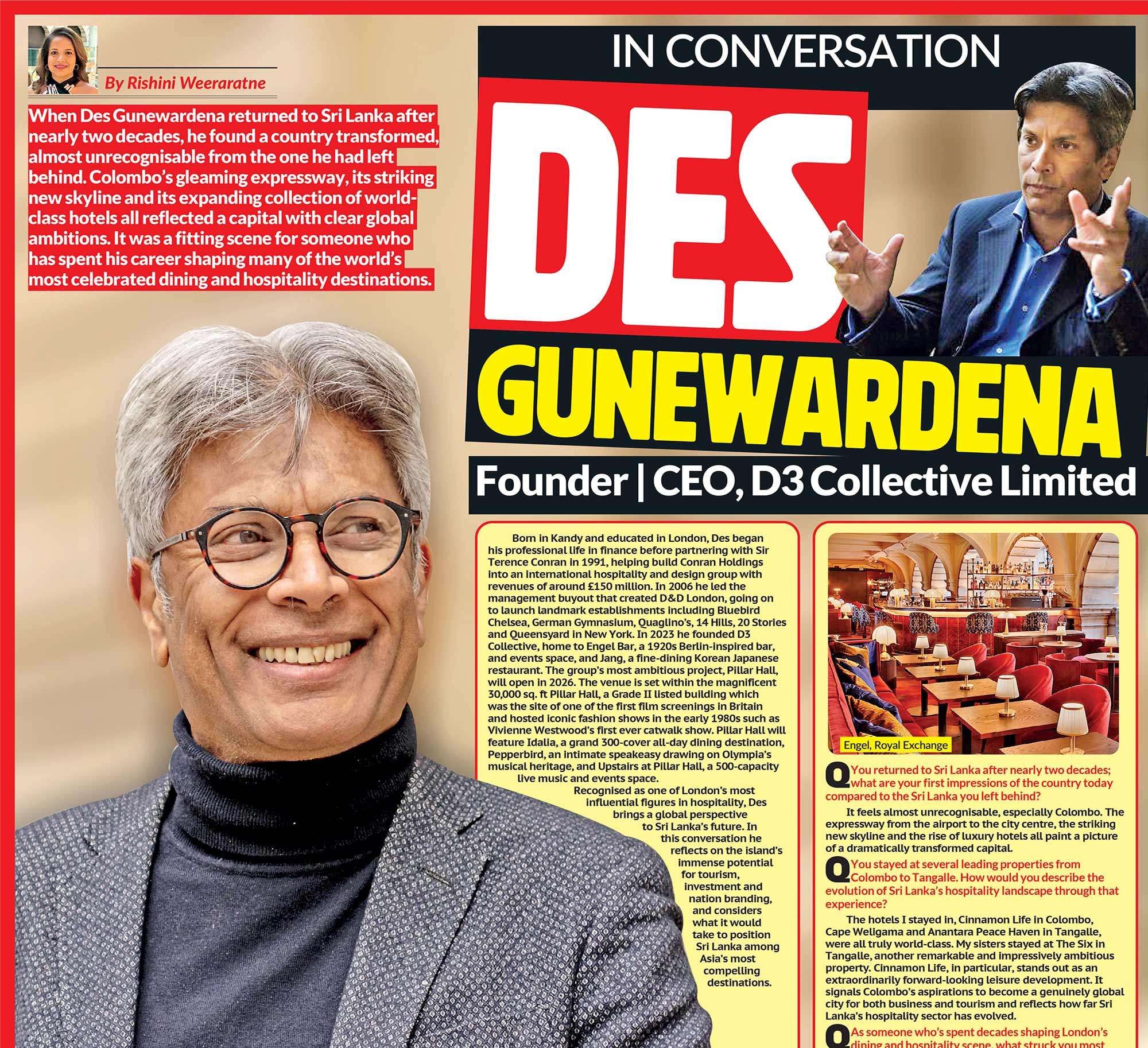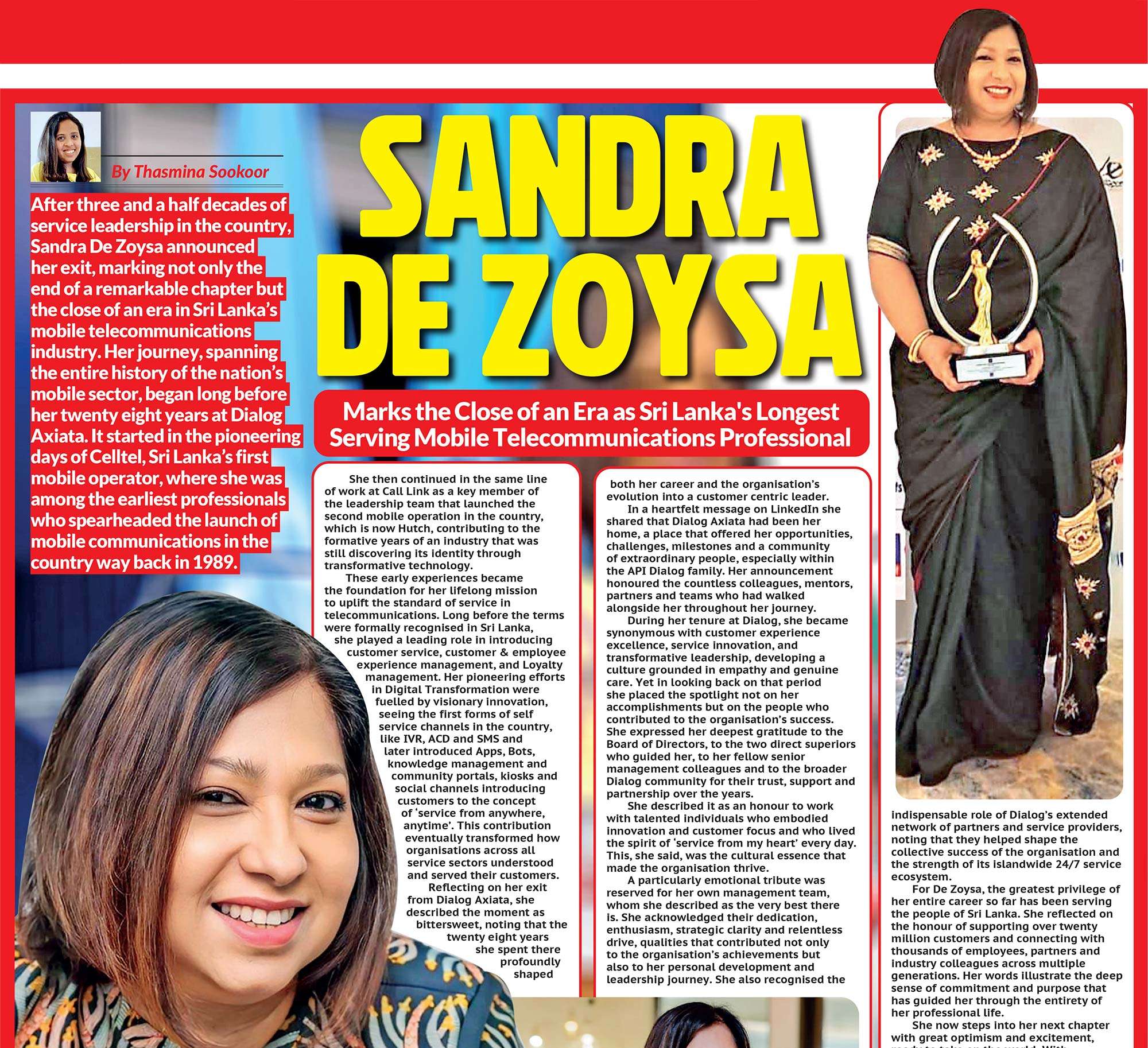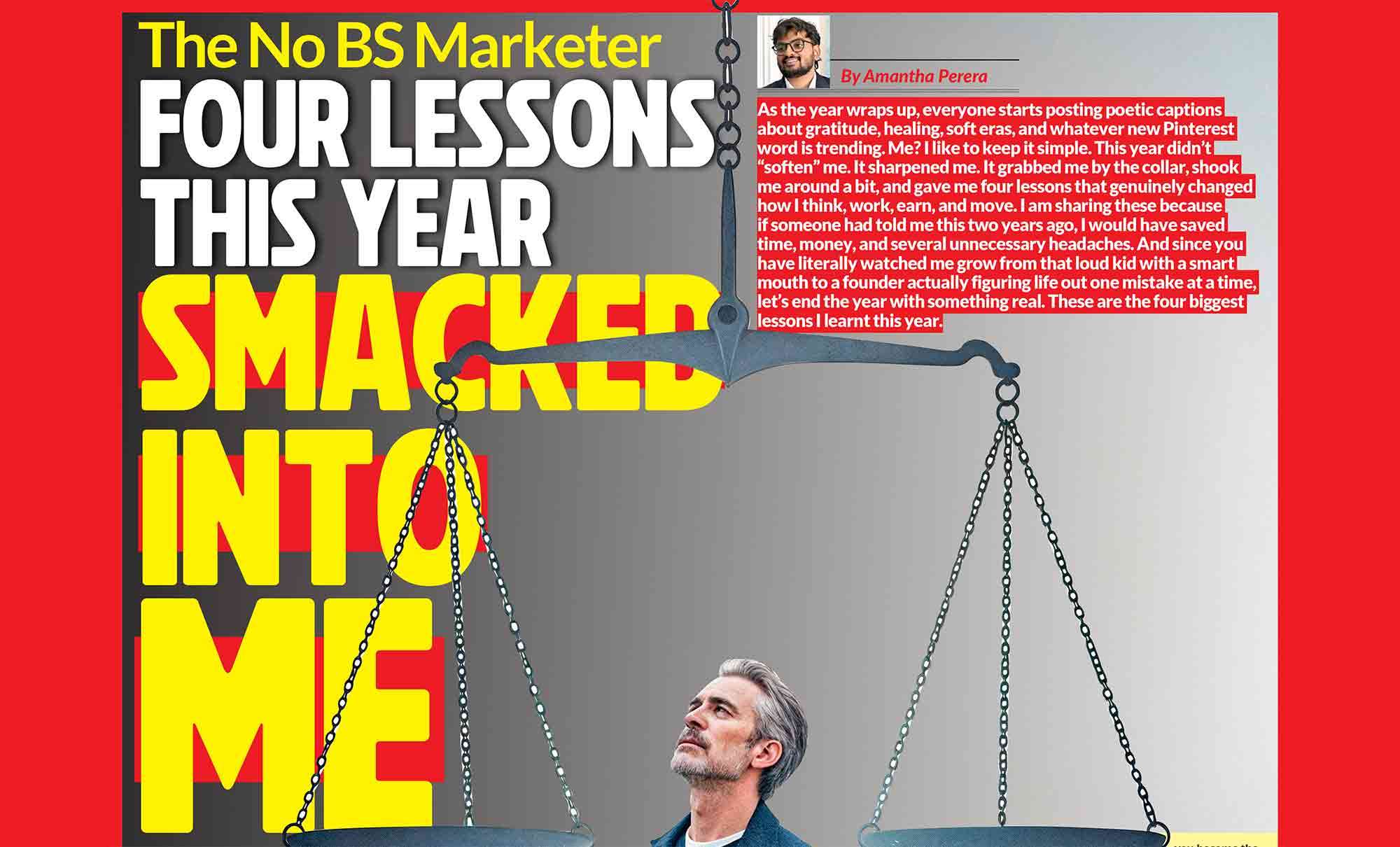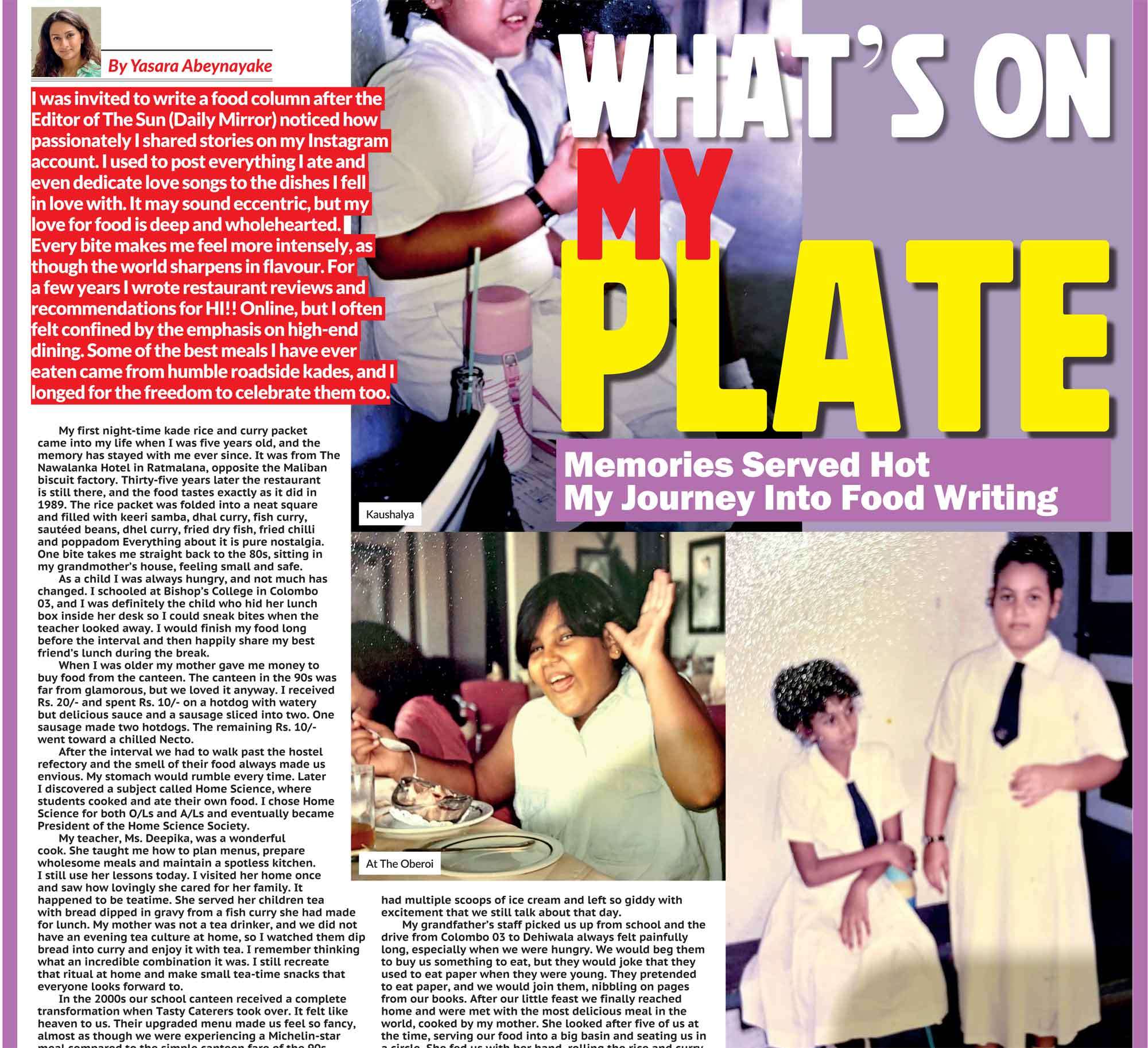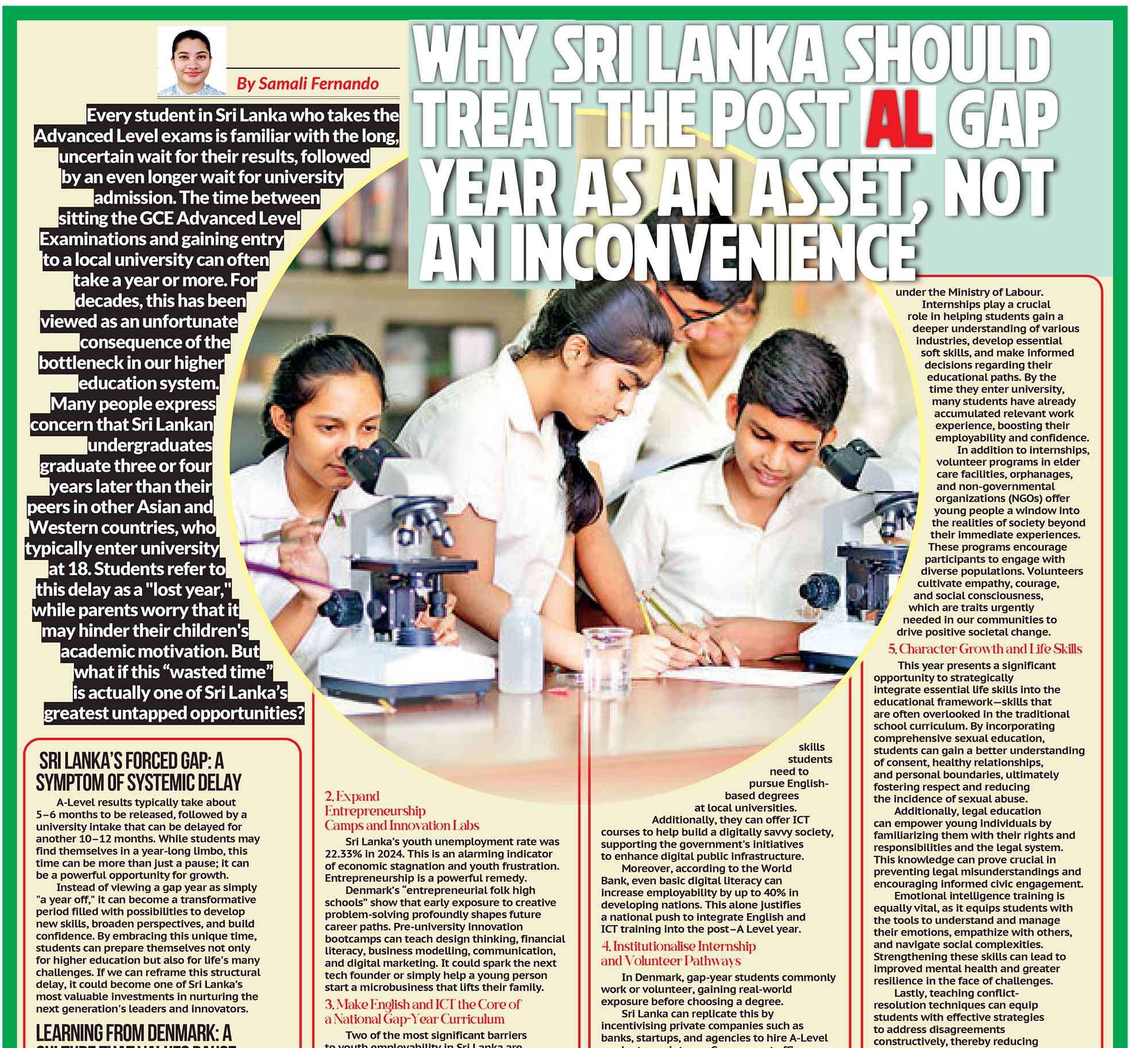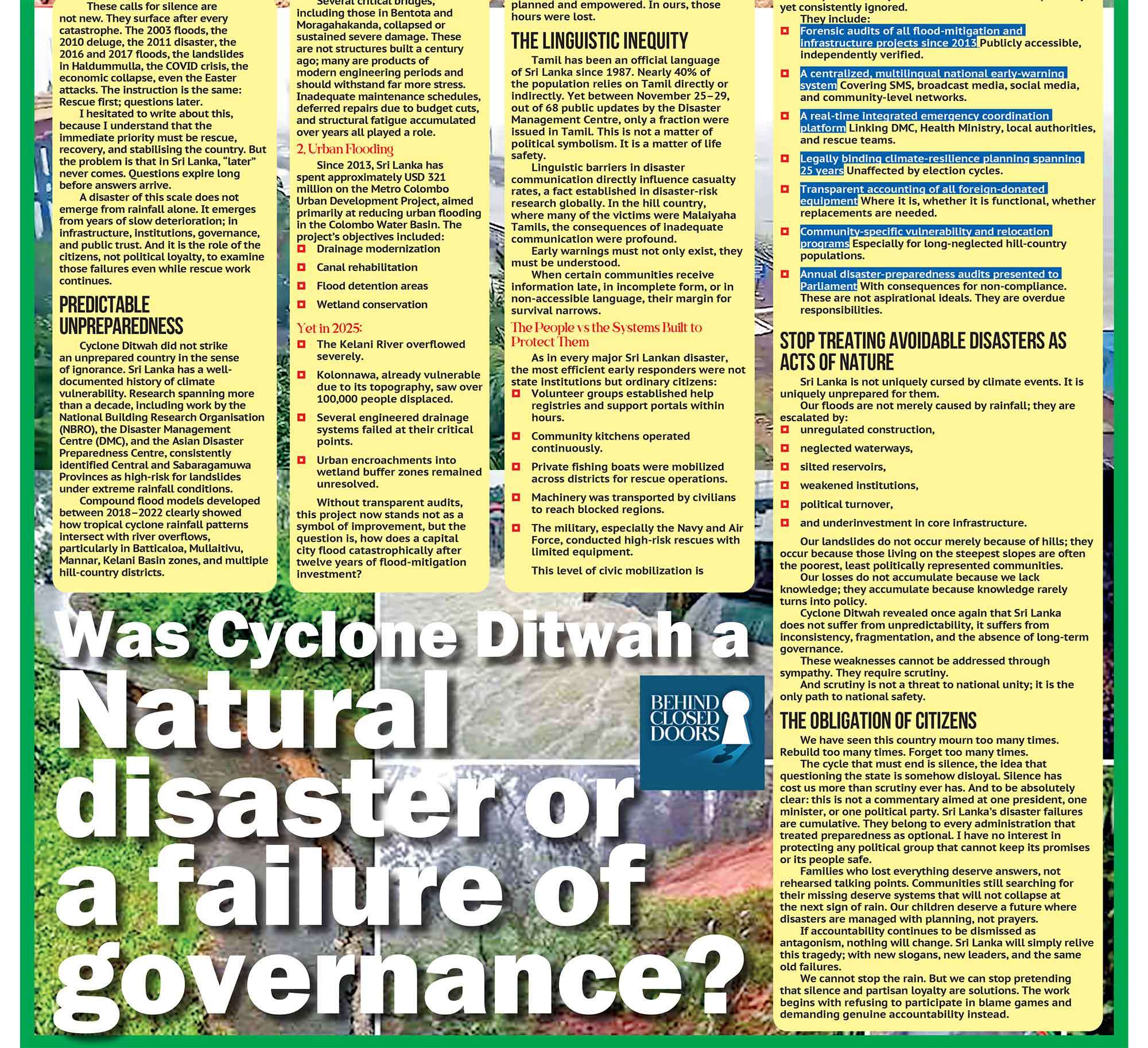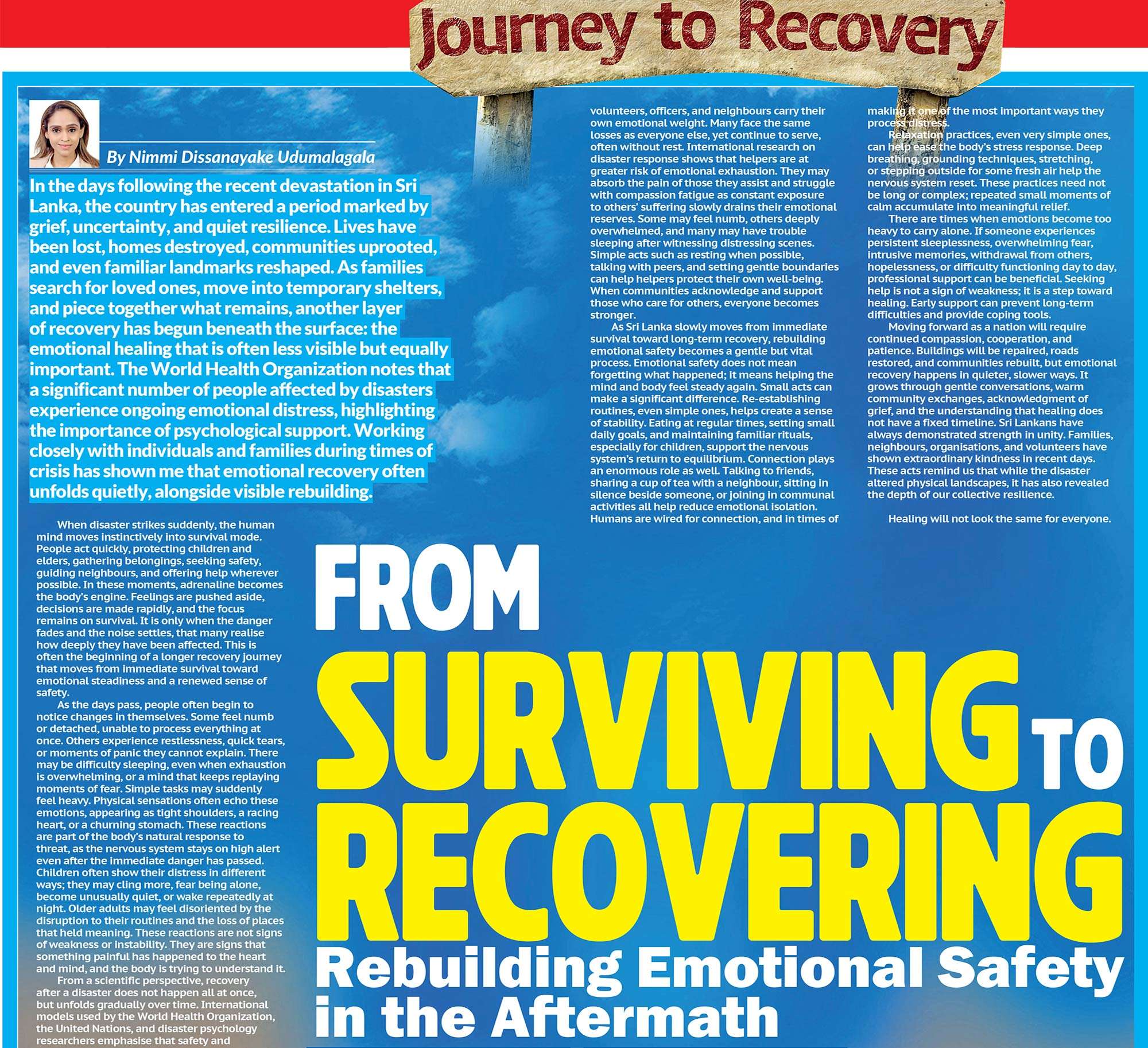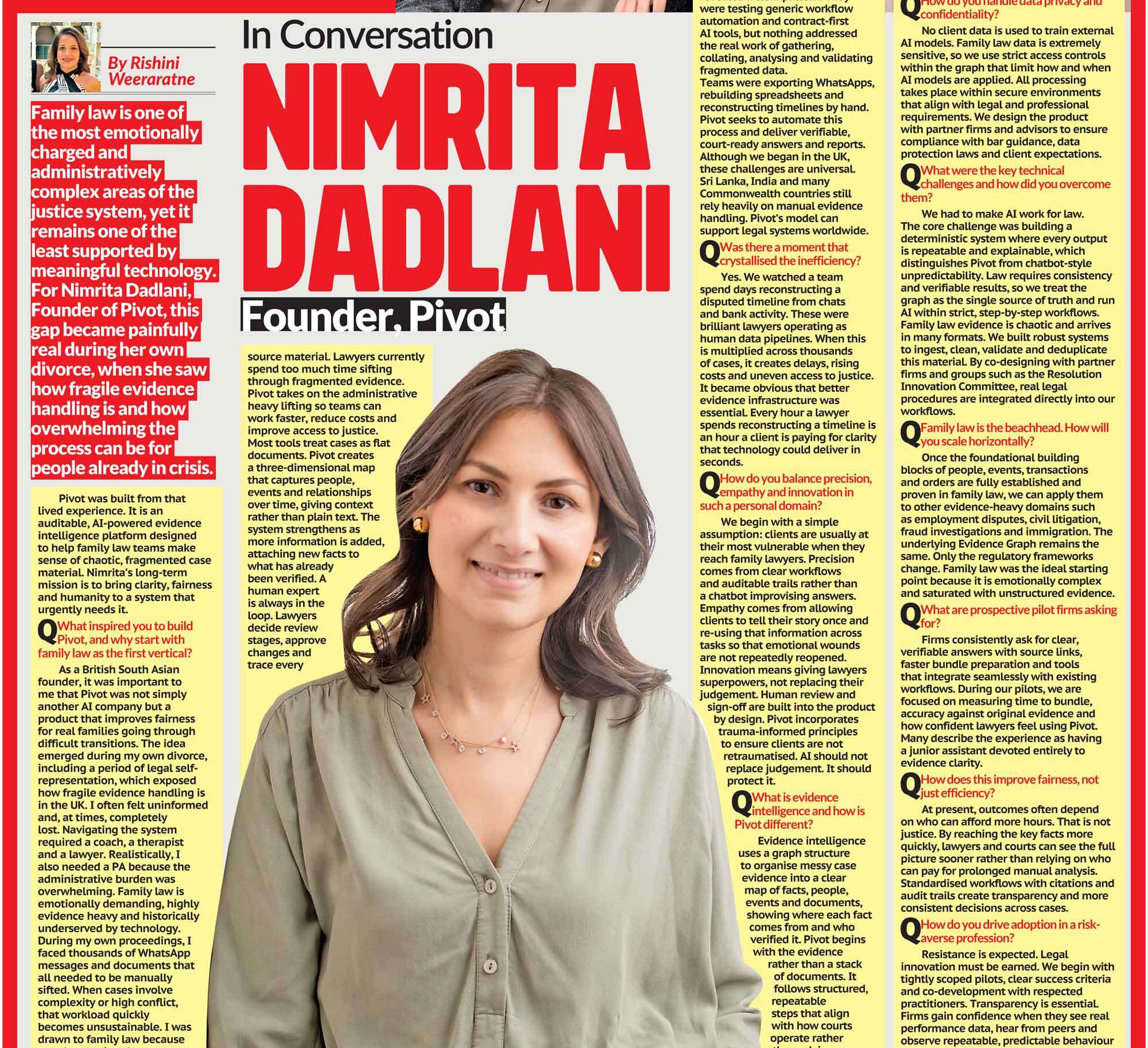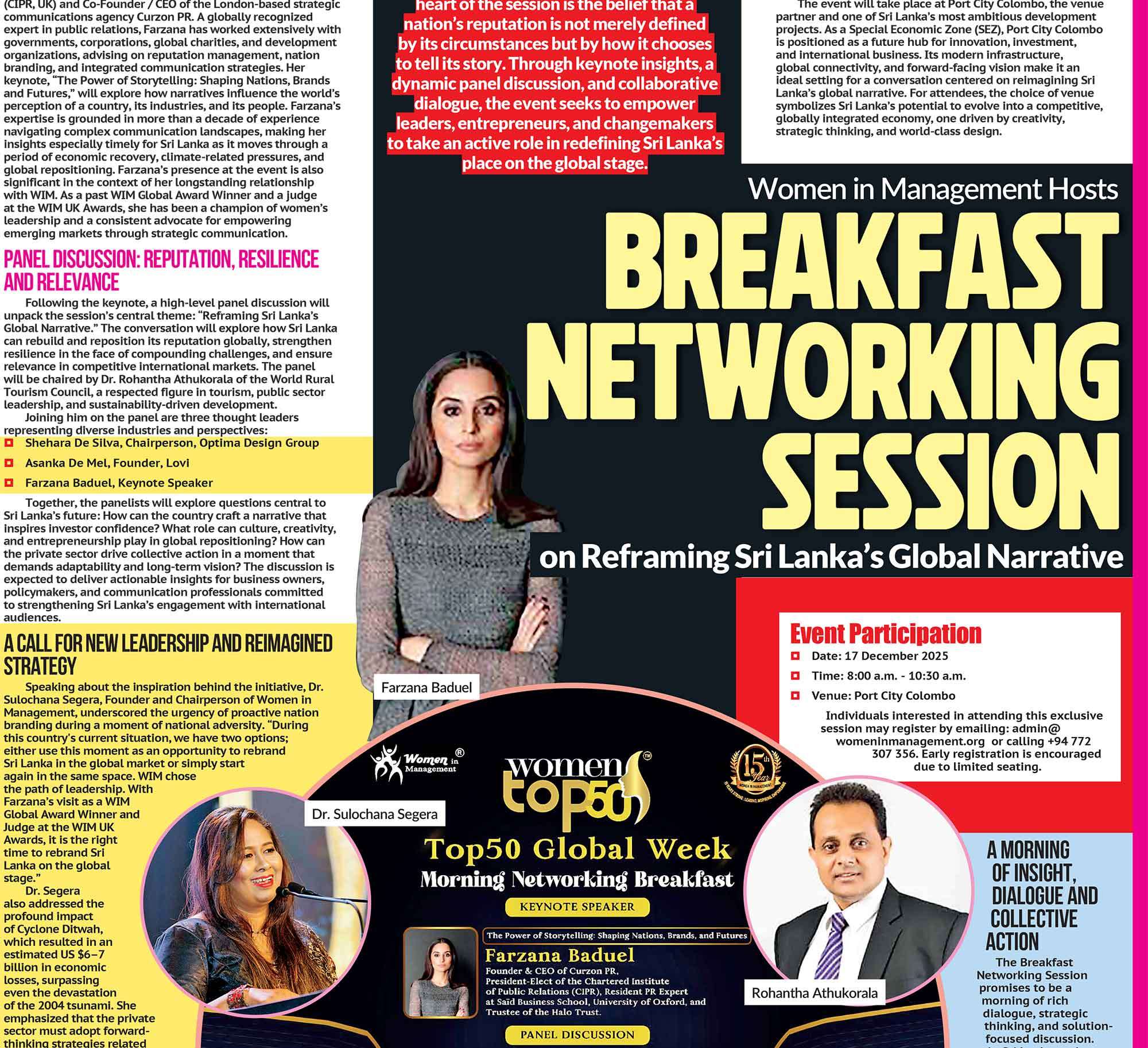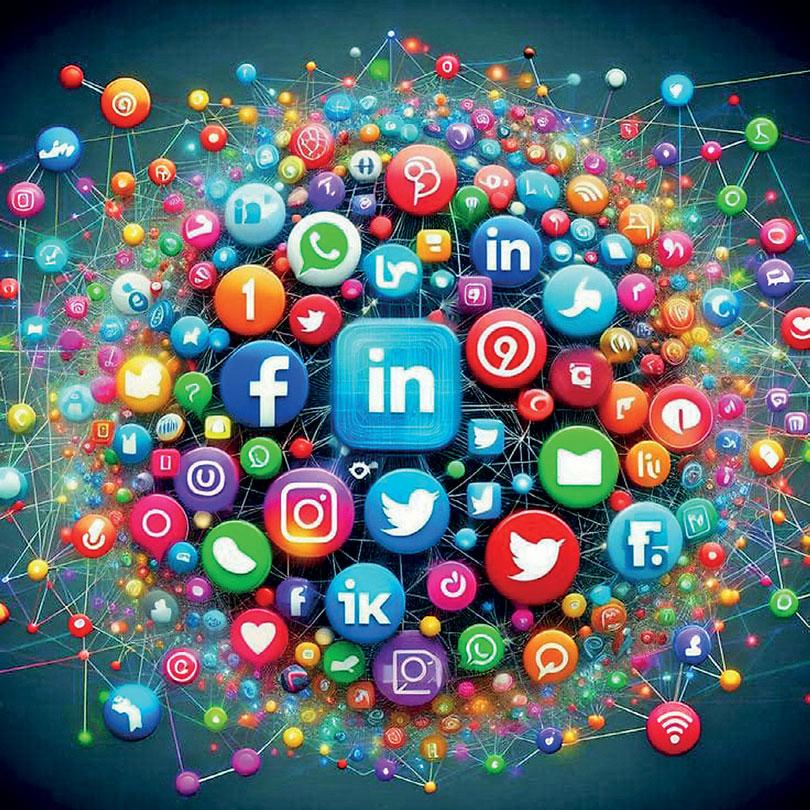
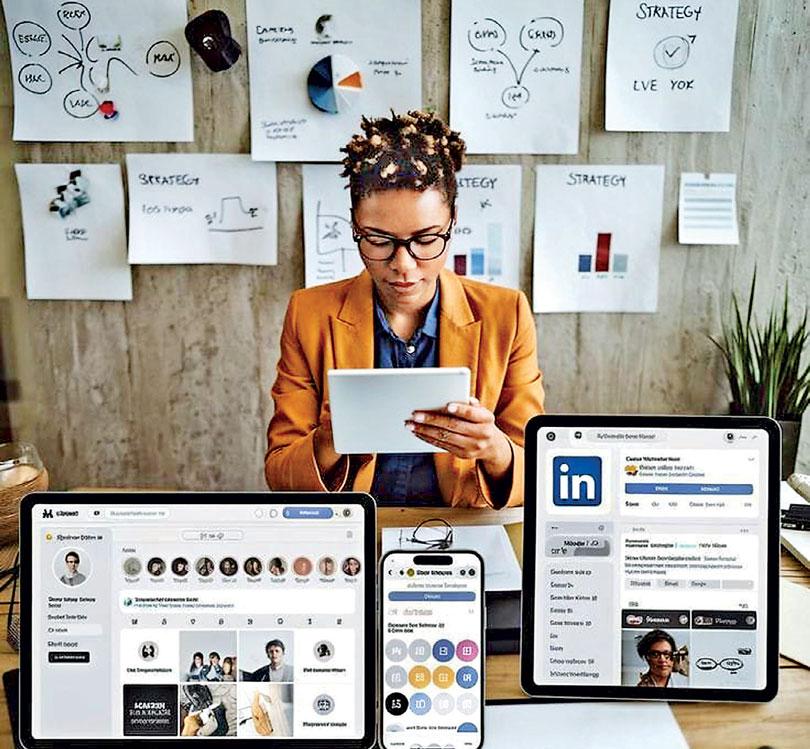
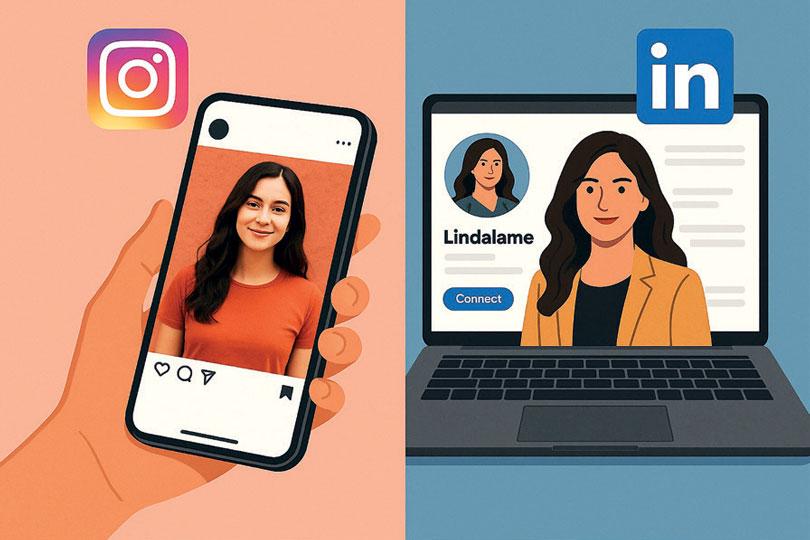
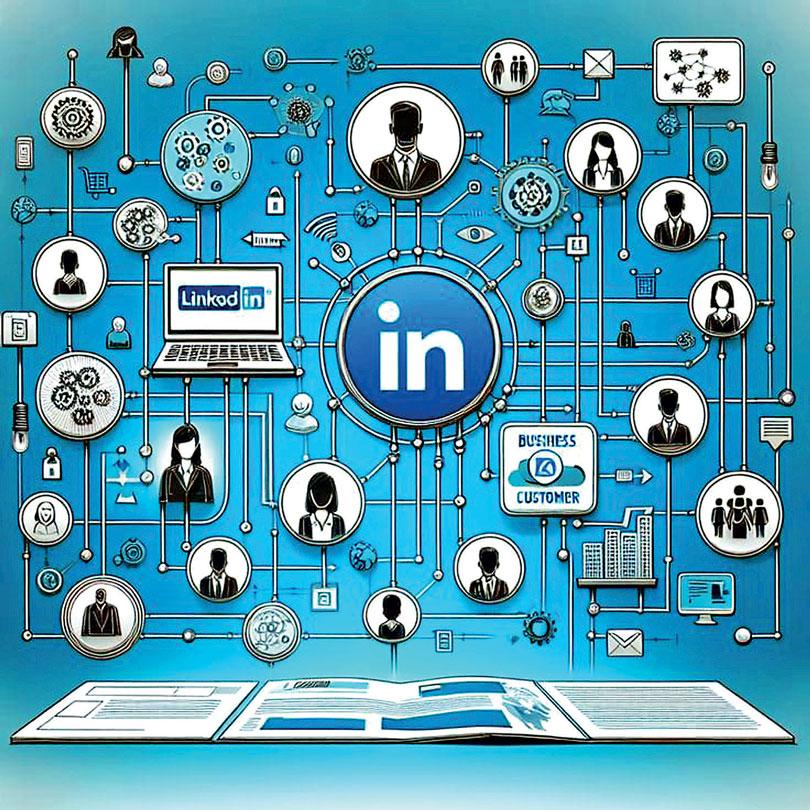
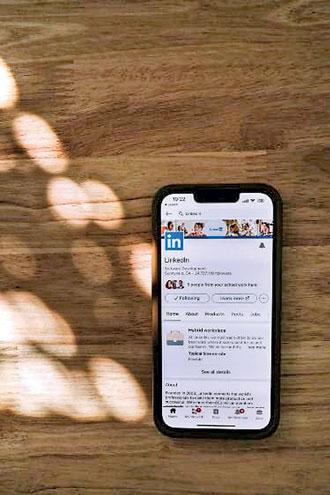  |
In the early 2010s, Instagram transformed how young people communicated their identity to the world. It was a visual diary of dreams, aesthetics, and lifestyle. But in 2025, a subtle yet significant shift has occurred. For Gen Z, personal branding is no longer confined to carefully curated selfies and photo dumps. It has taken a more strategic form, and LinkedIn has unexpectedly become the new arena of self-expression, credibility, and community building. Welcome to the era where LinkedIn is the new Instagram.
At first glance, the idea of LinkedIn replacing a platform like Instagram may seem far-fetched. One is professional and reserved; the other was designed for casual interactions and creativity. But Gen Z is proving that professional does not mean impersonal. They are rewriting the rules of what it means to show up in the digital world. LinkedIn is no longer just a digital CV; it is now a stage for storytelling, value-sharing, and intentional networking.
What makes this transition fascinating is the mindset behind it. Gen Z has grown up in an age of economic uncertainty, rapid automation, and entrepreneurial opportunity. The traditional 9-to-5 is no longer the only desirable path. Many Gen Z individuals are building side hustles, launching creative projects, and freelancing in multiple disciplines. Naturally, they need a platform where they can not only showcase their work but also connect with mentors, clients, and collaborators. LinkedIn offers just that, and much more.
One of the defining features of Gen Z's LinkedIn presence is authenticity. Unlike the previous generation, which often maintained a polished and sometimes impersonal professional image, Gen Z embraces vulnerability and real-life challenges. They are sharing stories about burnout, job rejections, impostor syndrome, and lessons learned from failure. This makes their profiles not just informative, but relatable and human. The personal branding they pursue is not about perfection; it is about resonance.
The rise of micro-content has also contributed to LinkedIn's popularity among younger users. Bite-sized insights, carousel posts, value threads, and thought-provoking questions are now common. Gen Z understands that people have limited attention spans, so they create content that delivers impact in a scroll. It is not unusual to find a 20-year-old posting a powerful 300-word reflection about leadershipor sharing lessons from a recent group project that went wrong. These small, consistent acts of visibility help build a strong personal brand over time.
Visual storytelling is also making its way into LinkedIn. While it remains a text-heavy platform compared to Instagram or TikTok, Gen Z is experimenting with clean graphics, video resumes, and brand colors. They are using tools like Canva and Notion to create visual portfolios and link them in their bios. Some even launch personal websites or landing pages, positioning themselves not just as job seekers but as thought leaders in the making.
Networking on LinkedIn has evolved, too. Instead of cold connections and formal outreach, Gen Z prefers value-driven engagement. They comment thoughtfully on others' posts, give shout-outs to peers, and collaborate through LinkedIn events
or live streams. They are not just collecting connections; they are building communities. This aligns well with Gen Z’s emphasis on collaboration over competition and collective growth over individual hustle.
Interestingly, even job applications are taking a new form. Employers are now looking at a candidate's LinkedIn activity, the kind of posts they make, and how they engage with others. A well-maintained, active profile can be just as influential as a resume. Recruiters appreciate candidates who demonstrate initiative, curiosity, and communication skills through their LinkedIn presence. For Gen Z, this means that every post is a potential opportunity.
Educational institutions are catching on, too. Universities and career centers are offering LinkedIn workshops, personal branding courses, and mentorship programs. Students are being encouraged to build their online presence early. This proactive approach helps them understand the importance of positioning themselves in a digital-first job market.
Personal branding on LinkedIn also opens doors beyond employment. Many Gen Z creators are using the platform to land speaking engagements, media features, freelance gigs, and brand collaborations. It is no longer unusual for a young content strategist or design student to be invited to podcasts or panels simply because their posts reflect thought leadership and originality.
This movement has even created a ripple effect across other platforms. Content originally created for LinkedIn is now repurposed on Instagram reels, YouTube shorts, and blog articles. In this way, Gen Z is creating a personal brand ecosystem, with LinkedIn at its core.
Critics argue that this professional performativity can lead to burnout or inauthenticity. But Gen Z is responding to this by setting boundaries. Many now incorporate breaks, prioritize quality over quantity, and promote mental health awareness in their digital routines. They are learning to build a brand without losing their voice or peace of mind.
In the coming years, it is likely that LinkedIn will continue to evolve to suit this new wave of users. Features like creator mode, live video, newsletters, and analytics are already being embraced. The platform is becoming more dynamic, inclusive, and communitycentered. Gen Z is not waiting for permission to lead this change, they are doing it in real time.
As the lines blur between professional and personal identity, Gen Z is showing the world that being career-driven and creative are not mutually exclusive. By turning LinkedIn into their new Instagram, they are not only redefining personal branding but also reshaping the very culture of work. And in that process, they are proving that impact, influence, and individuality can coexist beautifully, even on a platform once thought too serious for storytelling.

